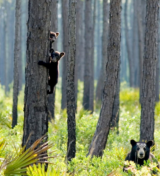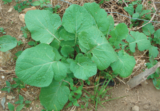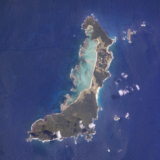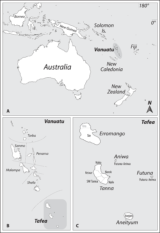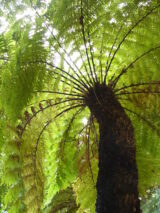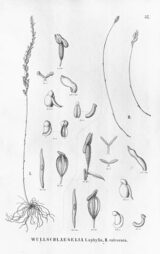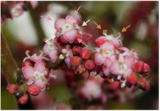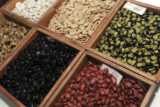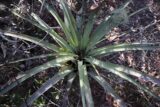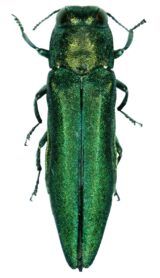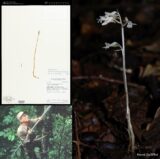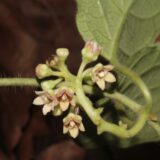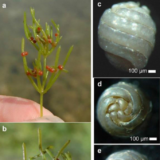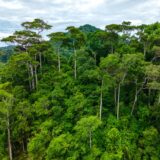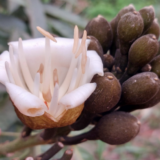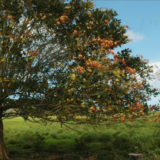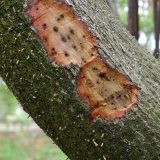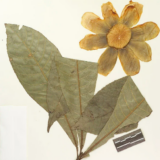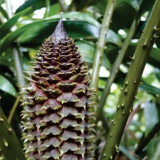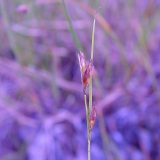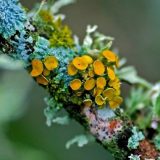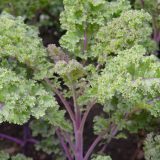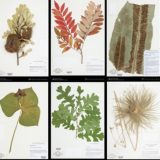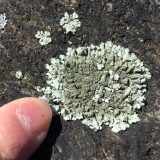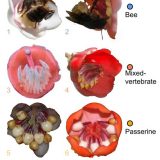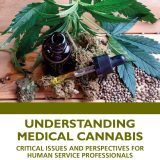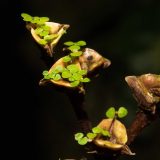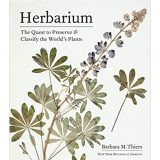Impact on Biodiversity Needs to be Considered When Choosing a Large-Scale Strategy to Combat Climate Change
NYBG’s Evelyn Beaury and co-authors published a paper in Science assessing the impacts of land-based mitigation (reforestation, afforestation, and bioenergy cropping) on global biodiversity. The paper tests the assumption that all climate actions are ultimately good for biodiversity. They found that the overwhelming impact on biodiversity comes from habitat change, not climate mitigation. Reforestation unsurprisingly is a win-win for biodiversity, but some actions like afforestation and bioenergy cropping simply do not provide habitat, and thus their impacts on biodiversity are often a net negative.
In the global effort to combat climate change, large-scale, plant-based strategies such as planting forests and cultivating biofuels are an increasingly important part of countries’ plans to reduce their overall carbon emissions, but the authors find that well-intended strategies could have unforeseen impacts on biodiversity. The most common, scalable approaches are reforestation (restoring forests in places where they have historically grown), afforestation (adding forests in places like savannahs and grasslands), and bioenergy cropping (farming plants such as switchgrass for renewable energy). Until now, it has been challenging to predict these strategies’ impacts on biodiversity because they affect species in multiple, complex ways. The team of scientists—led by Dr. Jefrey Smith, an Associate Research Scholar at Princeton University—modeled the impact of these mitigation strategies on over 14,000 animal species, from creatures smaller than a mouse to those larger than a moose. Restoring forests has the most beneficial effect on wildlife. The outcomes for planting monocultures of bioenergy crops or converting natural savannahs and grasslands to forests are not as rosy: while these efforts may help address climate change and reduce climate threats to biodiversity, they will also lead to immediate habitat loss. Ecologists have long suspected that some of these interventions would mean less habitat for wildlife; this study provides the first quantitative assessment of the potential impacts.
(Science, January 2025
NYBG Contact: Evelyn Beaury)

